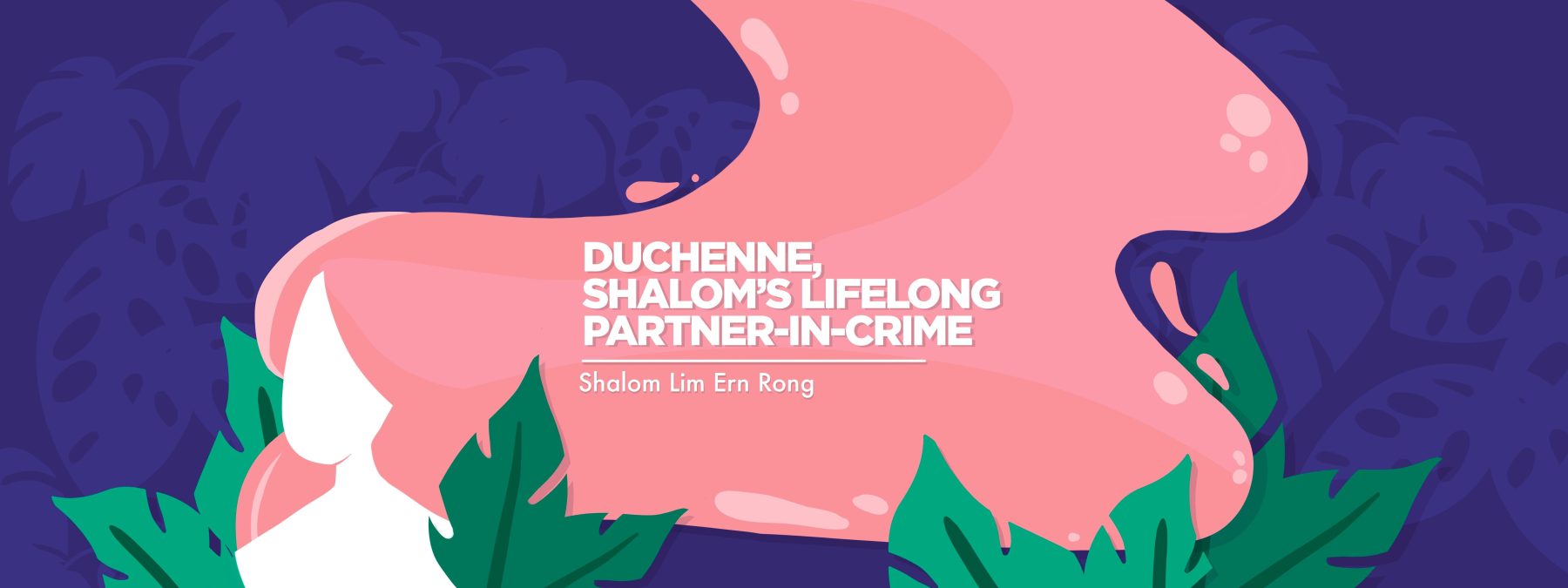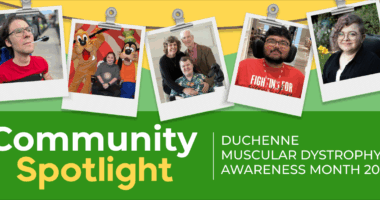Disabled artists’ challenges can propel creative solutions
How inclusive design helps our barriers become the inspiration to innovate

As an artist with Duchenne muscular dystrophy (DMD), I’ve long recognized how creativity can foster meaningful connection, perhaps especially when rooted in design that’s accessible and inclusive.
My partner, Amanda, and I recently spoke at GovTech’s Inclusive Design Week 2025 here in Singapore as part of the closing panel discussion, “Impact by Design.” GovTech is the lead agency driving the country’s Smart Nation initiative, which aims to establish a thriving digital future for all and a public sector digital transformation.
The insights Amanda and I shared were grounded in lived experience and developed from our ongoing advocacy and engagements with Rebirth Ensemble, our disability-led fine art collective.
Redefining art through accessibility
Inclusive design means creating spaces where people with disabilities lead, not just participate. At Rebirth Ensemble, Amanda and I strive to reimagine fine art experiences by placing individuals with disabilities at the core of our vision. We focus not on working around disability, but rather on working with it, allowing diverse perspectives to shape our creative processes.
Our first tactile-art journaling workshop last month exemplified this fundamental approach. Participants expressed their emotions not just through voice or visuals, but by using textures and shapes, fostering creativity by encouraging innovative storytelling methods.
Accessibility pushes us to think differently and innovate, profoundly enhancing our art. Barriers become the driving force behind challenging the boundary of what’s possible.
Designing with, not just for, disability
Our work relies heavily on mindset, methods, and advocacy. We start by acknowledging each other’s diverse backgrounds and lived experiences, with our varied disabilities informing our creative vision and staying at the forefront of everything we do from inception to fruition. Disability ought not to be an afterthought, though that’s frequently the norm.
By collaborating on and making art together, we ensure our work is built authentically. I tap my past experiences as a child painter to coach and explain my artistic process to Amanda, enabling her to understand the concept and intention behind every art piece we develop together before she leverages our chemistry and intimate connection to execute it.
In the future, we’ll also study how traditional forms of fine art can be accessed by touch and not just sight, enabling Amanda and other blind and vision-impaired Singaporeans to appreciate fine art. While other players have entered this scene in Singapore, our unique value as disabled artist consultants lies in our intimate and lived understanding of what both our communities need to experience art, barrier-free.
Advocating for systemic changes, we promote inclusive practices that extend beyond our projects. Real inclusion occurs when disabled voices shape the future. We envision disability-led consultancy to be embedded in every arts establishment and public space, and for disabled practitioners such as us to be recognized at the same level as professionals who aren’t disabled, ensuring diverse and meaningful representation.
What fuels my dedication is deeply personal. My late brother, Isaac, and I once raised $100,000 for the Muscular Dystrophy Association (Singapore) through our artwork.
Although Isaac passed away in 2019, our dream continues to drive my advocacy. Making art that inspires and advocating for equal access is how I honor our story, proving that, despite the progressive weakening of my body, my artistry and voice remain powerful.
Through inclusive design, I reaffirm that living with DMD is not about the challenges we face or the limitations we have, but about making the most of what only we can bring to the table to drive meaningful connections and lasting impact.
Note: Muscular Dystrophy News Today is strictly a news and information website about the disease. It does not provide medical advice, diagnosis, or treatment. This content is not intended to be a substitute for professional medical advice, diagnosis, or treatment. Always seek the advice of your physician or another qualified health provider with any questions you may have regarding a medical condition. Never disregard professional medical advice or delay in seeking it because of something you have read on this website. The opinions expressed in this column are not those of Muscular Dystrophy News Today or its parent company, Bionews, and are intended to spark discussion about issues pertaining to muscular dystrophy.







Leave a comment
Fill in the required fields to post. Your email address will not be published.